BRAKE BOOSTER IDENTIFICATION

General Representation of the Various Types
of Brake Boosters We Rebuild
Bragg Kilesrath
1928 – Early 1930’s
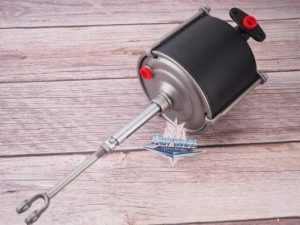
Bendix Hydro-Vac
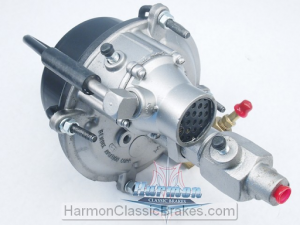
5 1/4″ Can – (62-726)

6 3/4″ Can – (62-825)
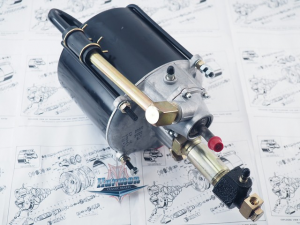
6 3/4″ Can – (62-1184)

9 1/4″ Can – (62-1185)
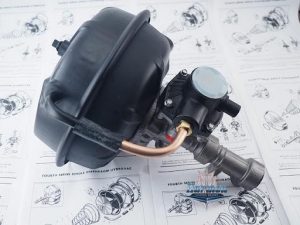
11″ Can – (62-1176)
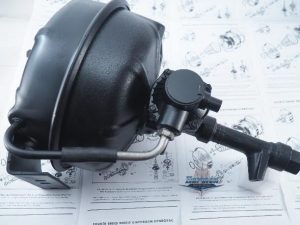
12 3/4″ Can – (62-1177)
Bendix Master-Vac
Single Diaphram
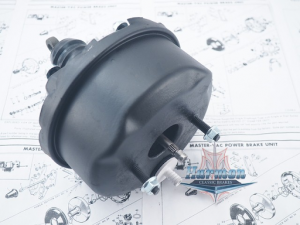
7″ Can – (62-330)
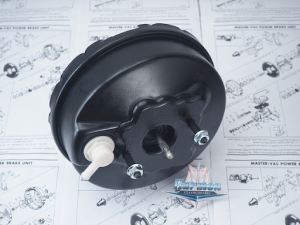
9″ Can – (62-858)
2 or 4 Stud M/C
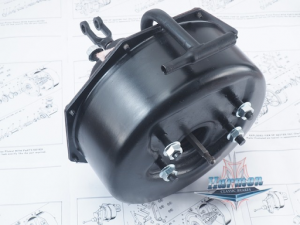
8 Screw w/9″ Can – (62-954)
2 or 4 Stud M/C
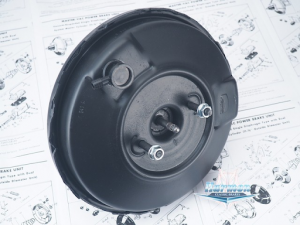
10 3/4″ Can – (62-338)
2 or 4 Stud M/C
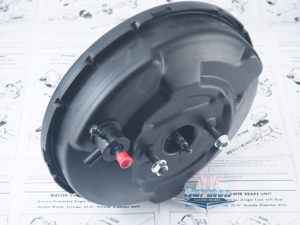
11 1/4″ Can – (62-795)
2 or 4 Stud M/C
Bendix Master-Vac
Dual Diaphram
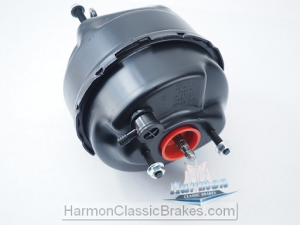
7″ Can – (62-336)
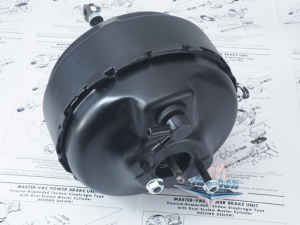
8 3/4″ Can – (62-404)
2 or 4 Stud M/C

8 3/4″ Can (MOPAR) – (62-771)
2 or 4 Stud M/C
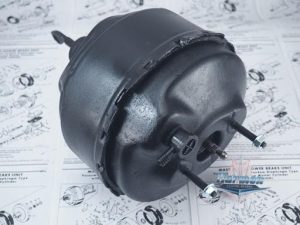
9 1/4″ Can – (62-985)
2 or 4 Stud M/C
Bendix Power-Vac

Oval Type – (62-583)
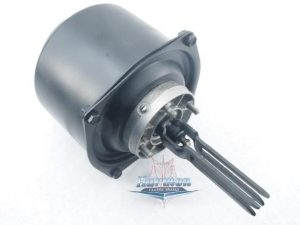
Round Type – (62-585)
Bendix Treadle-Vac
1953-1960
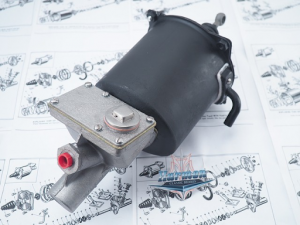
5 1/4″ Can – (62-500)
Aluminum M/C
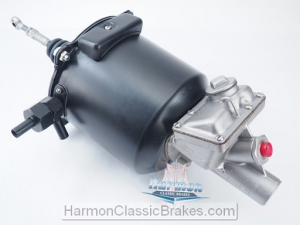
6″ Can – (62-508)
Aluminum M/C
Delco Moraine
1955-1959
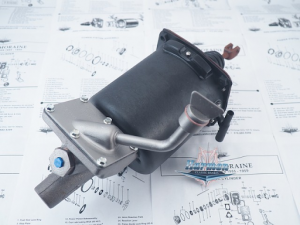
5 1/4″ Can – All with
Cast Iron M/C
Delco Moraine
1960-1980
Single Diaphragm
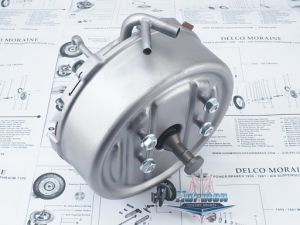
Air Suspended 9″ Can
(62-802)
4 Stud M/C – (1960-61)
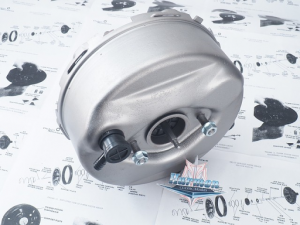
Vacuum Suspended 9″ Can
(62-851)
2 Stud M/C – (1962-63)
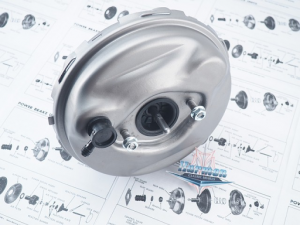
9″ Can – (62-930)
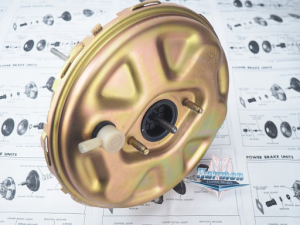
11″ Can – (62-1070CS)
Concourse Series
Delco Moraine
1960-1980
Dual Diaphragm
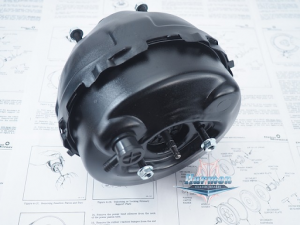
9 1/2″ Can – (62-1239)
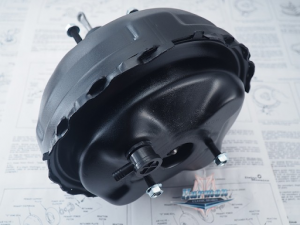
11″ Can – (62-1172)
Kelsey-Hayes

6″ Can 1953 Buick (62-1006)
Not Available – Reference Only
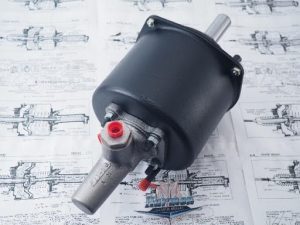
6″ Can 1954 Buick (62-1008)
Not Available – Reference Only
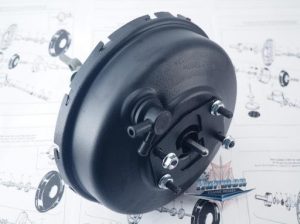
9″ Can C-64 Model – Single Diaphragm
Not Available – Reference Only
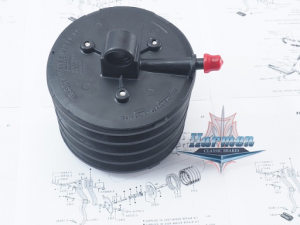
Accordion Type (62-574) Ford
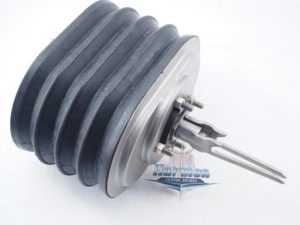
Accordion Type (62-587) MOPAR, Jaguar
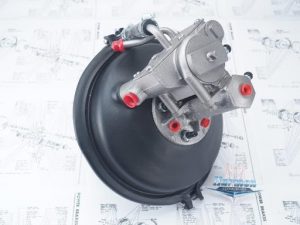
Vac-Draulic Type
(62-892) (S-130)
Not Available – Reference Only
Midland Hy-Power
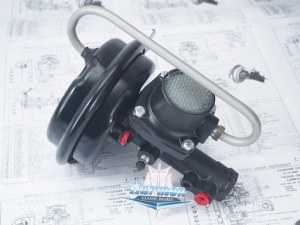
6 7/8″ Can C-3400 (62-212)

6 7/8″ Can C-3401 (62-153)
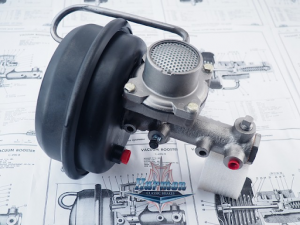
8″ Can C-490 (62-257)

8″ Can C-468 (62-1017)
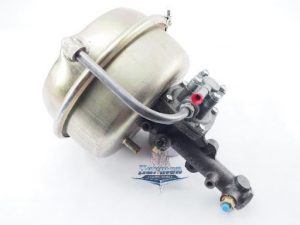
10″ Can C-462 (62-862)
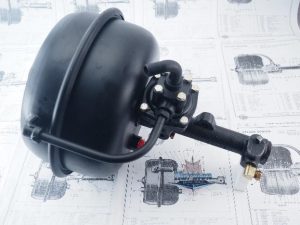
11 1/2″ Can C-464 (62-1225)
MidLand
Single Diaphragm
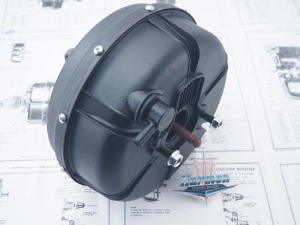
9 1/4″ – 10 Screw (62-213)
2 or 4 Stud M/C
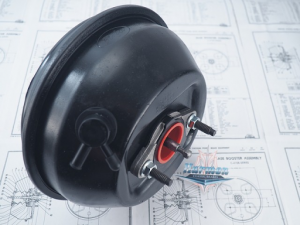
9 1/2″ – Can Push Thru Type
(62-215)
2 or 4 Stud M/C
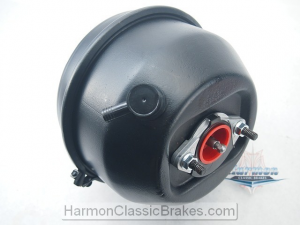
9 1/2″ Can – Truck (62-667)
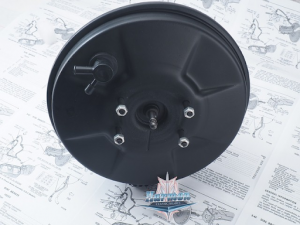
10 3/4″ Can (62-253)
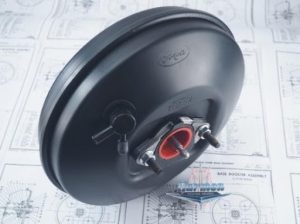
11″ Can (62-763)
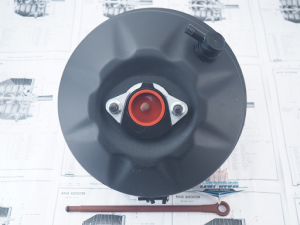
11″ and 13″ Can (62-1027)
MidLand
Dual Diaphragm
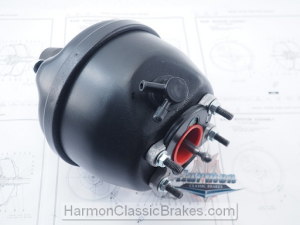
6 1/4″ Can (62-657)
2 or 4 Stud M/C
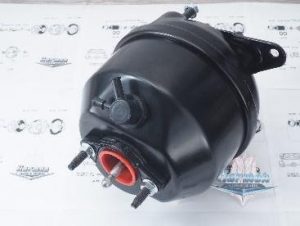
7 1/2″ Can (62-218)
2 or 4 Stud M/C
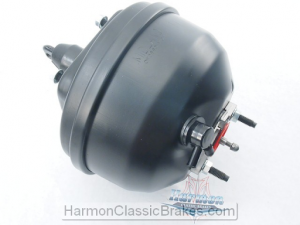
9″ Can (62-217)
2 or 4 Stud M/C
IMPORTED
ATE Servo

T-50 – 7 3/4″ Can (62-938)
Not Available – Reference Only
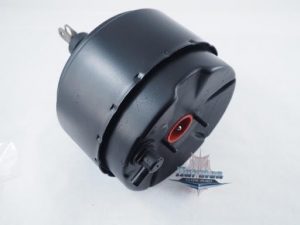
Dual Diaphragm
T-51-9″ Vacuum Can
Not Available – Reference Only
Benditalia
Remote Type Servos
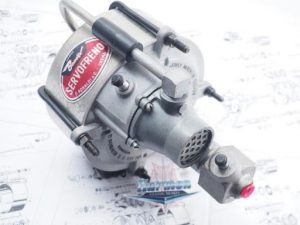
6 3/4″ Vacuum Can (62-846)
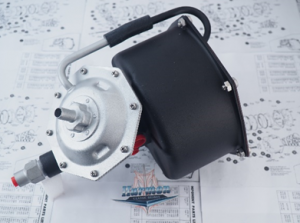
7 3/4″ Can

8 1/2″ Can
Bonaldi
Dual Diaphragm
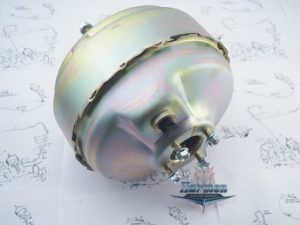
8″ Vacuum Can
DC Tomaso Pantera
Not Available – Reference Only

8 3/4″ Vacuum Can (62-1161)
Dunlop
Single Diaphragm
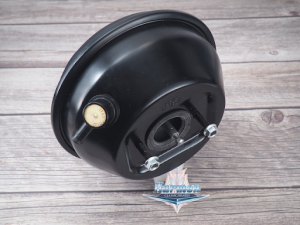
9 1/2″ C-48 Vacuum Can (62-466)
Girling Servos
Remote Type Servos
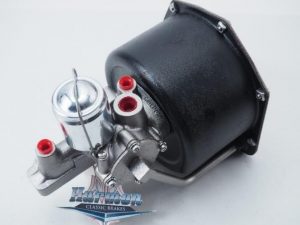
5″ Vacuum Can Mark II
(62-151)
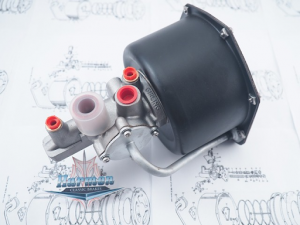
5″ Vacuum Can Mark IIA
(62-607)

5″ Vacuum Can Mark IIB
(62-609)
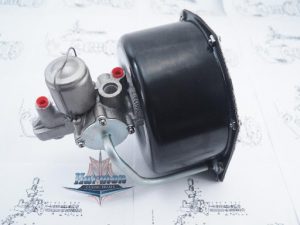
7″ Vacuum Can Mark II Early
(62-151A)

7″ Vacuum Can Mark IIA
(62-608)
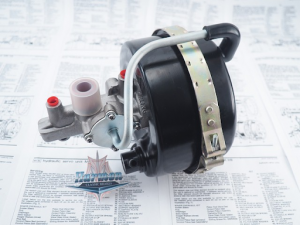
7″ Vacuum Can Mark IIB
(62-610)
Girling Servos
Dual Diaphragm
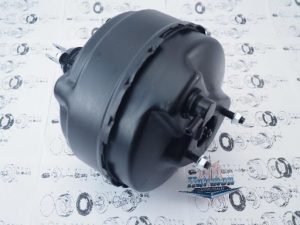
8 3/4″ Vacuum Can – (62-122)
JKC | Aisin
240z, 260z, 280z, 280zx
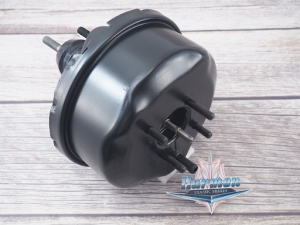
7″ Can – (62-900)

8 1/2″ Can – (62-902)
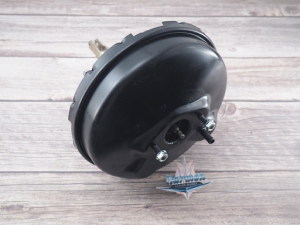
10″ Can – (62-905)
Lockheed
Remote Type Servos

7 1/2″ Vacuum Can
(62-722)

8 1/2″ Vacuum Can
(62-1268)
Early Type

10″ Vacuum Can
(62-254)
Lockheed
Single Diaphragm
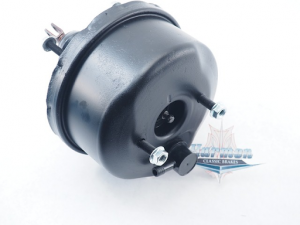
6 3/4″ Vacuum Can – (62-739)
A brief history of Brake Assist (Power Brakes)
Some early innovations with brakes now seem way ahead of their times. Brake assist, for instance, was first made available in 1903 with the Chicago-based Tincher. A small pump compressed air to stop the car, or, if you wanted, the same pump could inflate the tires or toot the whistle. The 1928 Pierce-Arrow was the first production car to come with a vacuum-operated power booster for brakes (the Bragg-Kliesrath). In the mid-20’s Caleb Bragg and Victor Kliesrath had invented the vacuum-assisted brake booster for the aeronautics industry. The intake manifold supplied the vacuum needed to reduce the amount of effort required to apply the brakes. Chandler cars, from 1927-1929, came with a Westinghouse Vacuum Booster, and by the early-30’s, Lincoln, Cadillac, Duesenberg, Stutz and Mercedes were also including vacuum-assisted drum brakes. Drum Brakes remained standard because they worked well and were cheaper to manufacture than disc brakes.
Beginning the 40’s other power-assist systems began to appear. By the 50’s power-brakes were common. Systems such as the Hydrovac, the Hydroboost, and the Treadle-Vac (known as the Easamatic on 1952-1956 Packard) came factory-installed. In the Hydrovac system, when the driver pressed the brake pedal, fluid pressure was increased to a slave cylinder and the wheel cylinders. More pressure activated a valve that, in turn, activated a triangular arm. The arm rotated valves to close an atmospheric valved and open a vacuum valve, pulling vacuum air into a large chamber and pushing a bellows against a valve in the slave cylinder to increase fluid pressure to the wheels. It was a real Rube Goldberg system that worked.
The Bendix power booster was the Treadle-Vac, mounted on the floorboard right under the brake pedal and available on all GM cars in the 50’s as well as on Edsel, Lincoln, Mercury, Hudson, Nash and Mercedes models. The Treadle-Vac was a single line system, which meant that a failure of any hose or joint could impair the entire system. In 1959, the Delco-Moraine power booster mounted high on the firewall and became the system of choice. All these systems meant that the driver no longer needed to stand on the brakes to stop the car. With far less pressure the car could be brought to a halt.
- Our Company restores each Brake Booster back to its O.E.M. performance by replacing every critical component. What this means to you is not your typical national re-builders wash job.
- Utilizing a restored 1960’s Bendix Brake Analyzer Test Machine every unit is tested before leaving our facility.
- We offer a “R & R” (Rebuild & Return) service for those customers who prefer their own unit back.
- We can restore any Bendix, Delco Moraine, Kelsey-Hayes, Midland, Benditalia Bonald, Girling Servo, JKC/Aisin and Lockheed Units.
- We can restore your original Master Cylinder with our Stainless-Steel Sleeving Service.
- We also carry a complete line of new replacement Master Cylinders – for Power Brake equipped cars.
- We also offer complete Brake Booster Kits, Master Cylinder Kits, and Parts Inventory for all Brake Boosters.
Bendix Power Brake Booster Analyzer
*When Harmon Classic Brakes were located in Los Angeles, we received a lead on a Bendix Power Brake Booster Analyzer in Mexico. We were excited to find this unique Unit and restore it back to its original condition to use in testing all of our Brake Boosters. We have updated this Unit to meet the modern requirements for today’s use.

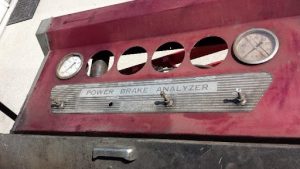
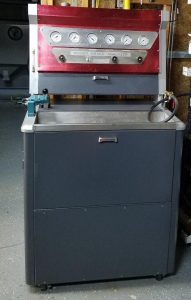
No part of these pages may be reprinted, uploaded electronically or used in
anyway without the express permission and approval of Harmon Classic Brakes, LLC.
All photos and text are copyrighted and the sole property of Harmon Classic Brakes.


